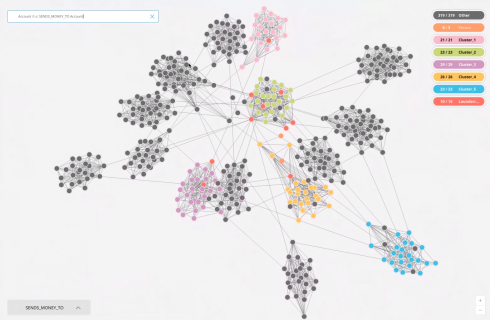
Connected data platform provider Neo4j announced Neo4j 3.4 today alongside Neo4j Bloom, a data visualization tool that the company says it designed with non-technical users in mind.
The graphs generated in Bloom provides a branching, node-based visualization of data points and their relation to each other, which Emil Eifrem, CEO and co-founder of Neo4j considers e in letting developers communicate data with business stakeholders, as well as having use cases in fraud detection, real-time recommendation engines and knowledge graphs powering artificial intelligence.
“If you look at our customers today, they have proven that connected data transforms any business,” Eifrem said. “With Neo4j 3.4 and Neo4j Bloom we’ve extended the capabilities of the Neo4j Graph Platform both to make it more accessible and easy-to-use, and to stay ahead of the increasing performance demands of our existing customers.”
Neo4j Bloom is expected to release by the end of the quarter.
Updates to Neo4j Database with version 3.4 include multi-clustering, a step towards their goal of fully-sharded horizontal scaling; date/time and 3d geospatial data types for queries and calculations; performance improvements, which include “70 percent faster Cypher execution, 100 percent faster backups, and 30-50 percent faster data loading and overall writes;” as well as administration and security improvements.
“Our investments in the Neo4j database extend its ability to scale and drive new use cases for our current customers,” Eifrem said. “Graph databases are an enterprise standard, and the introduction of Neo4j 3.4 and Neo4j Bloom means more people will discover the power and value of connected data.”






